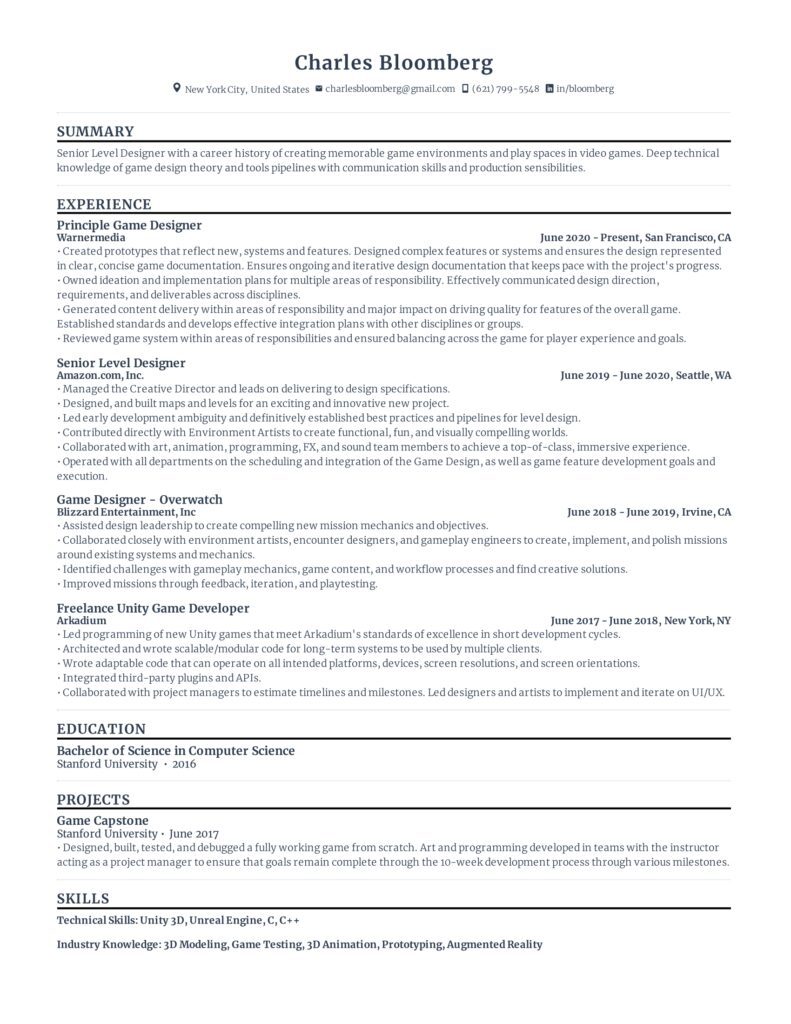Video game development involves utilizing game engines and frameworks, such as the Unreal Engine and Behavior Trees, to design, develop, and deploy games. Effective gameplay mechanics, such as combat and puzzle mechanics, and game design, including character design and story development, are crucial in creating an immersive experience for players. After completing the design and development stages, testing and debugging, including alpha and beta testing, ensure that the game functions properly. Lastly, high-quality assets and content, created through tools such as 3D modeling software and Audacity for sound effects, contribute to the overall success of the game.
Building a Video Game: Frameworks for Gameplay Mechanics and Design
Video games have become an increasingly popular medium for entertainment and storytelling over the years. From the early days of arcade games to modern console, PC, and mobile games, game developers have been constantly pushing the limits of technology to create more immersive and engaging experiences for players. But, have you ever wondered how games are actually made?
Game Engines and Frameworks
Game engines and frameworks are the backbone of any video game development process. A game engine is a software platform that provides game developers with the necessary tools and features to design, develop, and deploy a video game. Game engines typically include features such as physics engines, 3D graphics rendering, and audio systems that allow developers to create interactive and engaging gameplay experiences. Some of the most popular game engines are:
- Unreal Engine
- Unity
- CryEngine
Additionally, frameworks are sets of rules and guidelines that help game developers structure their gameplay mechanics and overall game design. Frameworks can help streamline the game development process by providing a set of best practices that can be followed by developers. Some of the most popular frameworks used in video game development are:
- Behavior Trees
- Finite State Machines
- Model-View-Controller
Gameplay Mechanics and Design
Gameplay mechanics refer to the rules and interactions that define how players can interact with the game world. The gameplay mechanics can range from simple actions like jumping and shooting to more complex and nuanced systems like character progression and resource management. Effective gameplay mechanics can make or break a video game, as they are a crucial element in creating an engaging and immersive experience for players. Some of the most common gameplay mechanics are:
- Combat Mechanics
- Stealth Mechanics
- Puzzle Mechanics
- RPG Mechanics
Game design is the process of creating the overall vision and structure of a video game. A game designer is responsible for defining the game’s core concept, setting, characters, and story. A good game designer needs to be able to balance the needs of the game mechanics with the narrative to create a cohesive and engaging experience for the player. Some of the key elements of game design include:
- Concept Development
- Game World Setting
- Character Design
- Story Development
Creating Assets and Content
After creating the game mechanics and overall game design, the next step is to start creating the specific assets and content that will bring the game world to life. This can include everything from 3D models and textures to sound effects and music. Creating high-quality assets and content is essential for creating an immersive atmosphere and engaging the player. Some of the tools used for this process include:
- 3D Modeling Software
- Texture Creation Software
- Audacity for Sound Effects
- DAW Software for Music Production
Testing and Debugging
Once the game development process is complete, the final step is to test and debug the game. This involves running various tests to identify and fix any bugs, glitches, or other issues that may arise during gameplay. Testing is a critical part of the game development process, as it ensures that the game is functioning properly and provides the best possible experience for the player. Some of the testing phases include:
- Alpha Testing
- Beta Testing
- User Acceptance Testing
Conclusion
In conclusion, game development is a complex and challenging process that requires a combination of technical skills and creative vision. Game engines and frameworks provide the necessary tools and guidelines for developers to create immersive and engaging gameplay experiences. Effective gameplay mechanics and game design are essential in creating compelling stories and worlds that appeal to players. Finally, creating high-quality assets and content and implementing effective testing and debugging strategies are essential in ensuring that the game meets the standards and expectations of both the developers and the players.
